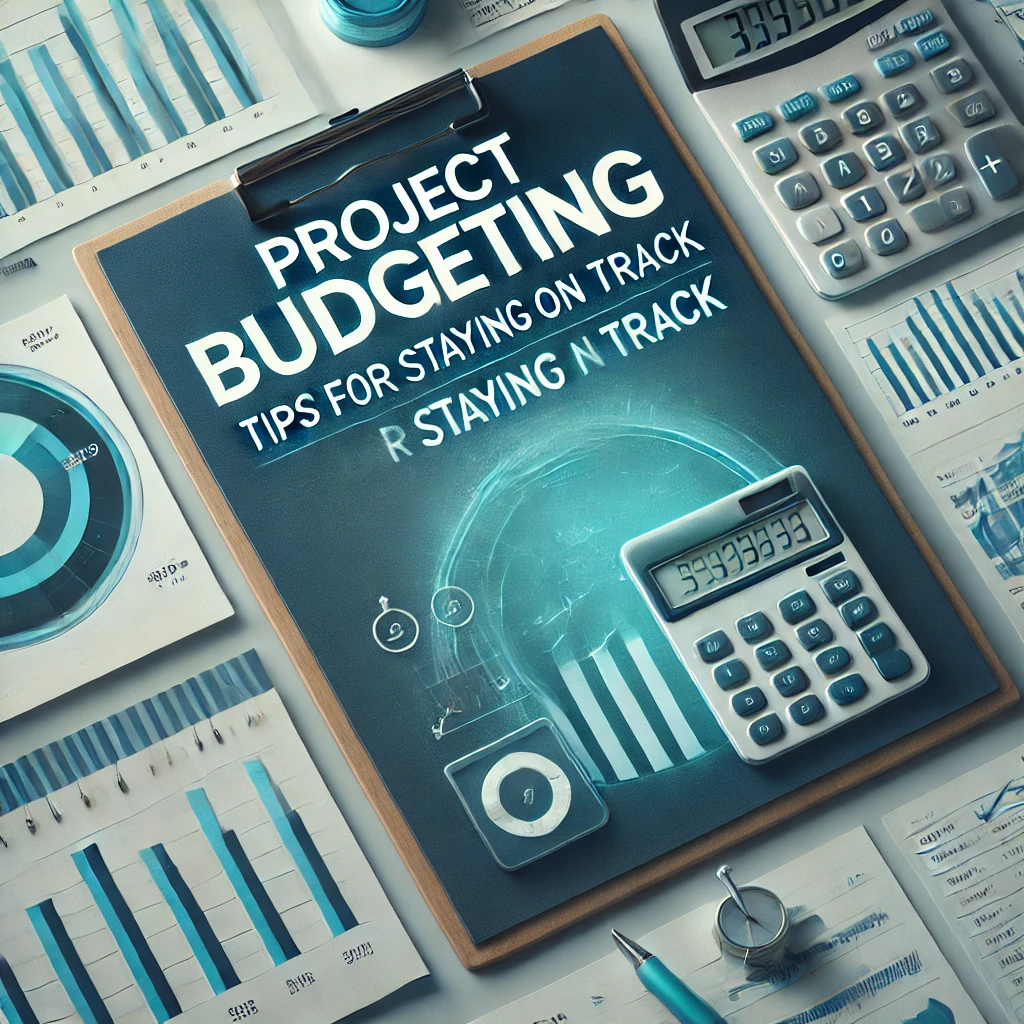Subtotal د.إ0.00
Effective project budgeting is crucial for ensuring a project stays on track and meets its financial goals. Poor budgeting can lead to unexpected costs, delays, or even project failure. Whether you’re managing a small team or overseeing a large-scale initiative, staying within budget requires careful planning, monitoring, and adaptability. Here are some key tips to help you stay on track with your project budgeting.
1. Define Clear Objectives and Scope
Before setting a budget, clearly define the project’s objectives and scope. Outline the deliverables, timeline, and resources required. Without a well-defined scope, it’s easy for projects to suffer from scope creep—where additional tasks and requirements inflate costs beyond the initial budget.
2. Develop a Detailed Budget Plan
Break down the project into different cost categories, such as labor, materials, software, and contingency funds. Estimate the costs as accurately as possible using past project data or industry benchmarks. A well-structured budget should account for both fixed and variable costs.
3. Identify Potential Risks
Every project comes with risks that can impact the budget. Identify potential risks early, such as market fluctuations, supply chain issues, or unforeseen delays. Allocate a contingency fund (typically 10-20% of the total budget) to handle unexpected expenses without disrupting the project.
4. Use Budgeting Tools and Software
Modern budgeting tools, such as Microsoft Excel, Trello, or dedicated project management software like Asana or Monday.com, can help track expenses in real time. These tools allow teams to visualize expenditures, monitor progress, and identify cost overruns before they become significant issues.
5. Monitor and Adjust Regularly
Budgeting isn’t a one-time task; it requires continuous monitoring. Conduct regular budget reviews to compare actual spending with projections. If discrepancies arise, adjust the budget accordingly and communicate any necessary changes with stakeholders.
6. Control Costs with Effective Resource Management
Ensure that resources—both human and material—are allocated efficiently. Avoid unnecessary expenses by optimizing resource use and eliminating waste. Consider negotiating better rates with suppliers and vendors to stay within budget constraints.
7. Keep Communication Open
A well-communicated budget helps prevent misunderstandings and misallocations. Ensure that all team members and stakeholders are aware of budget constraints and financial expectations. Regular updates and transparency can help avoid surprises and ensure accountability.
8. Learn from Past Projects
After project completion, conduct a financial review to analyze what worked well and what didn’t. Understanding past budgeting successes and failures can help improve accuracy and efficiency in future projects.






